Introduction
Selling your used e-bike can be a rewarding way to recoup some of your investment, but pricing it correctly can be challenging. Whether you're upgrading to a new model or simply downsizing, knowing how to value your e-bike accurately is crucial. In this comprehensive guide, we’ll walk you through the steps to price your e-bike and ensure a smooth sale, including current market trends, seasonal adjustments, and factors that impact value.
Why Valuing Your Used E-Bike Properly Is Important
Pricing your used e-bike correctly is essential for maximising its resale value and attracting potential buyers. Overpricing can result in no sales, while underpricing means you might leave money on the table. A properly priced e-bike is more likely to sell quickly, ensuring that both you and the buyer get a fair deal.
- Maximise Return on Investment: By pricing your bike based on accurate assessments, you can get the best value for your bike.
- Attract the Right Buyers: A fair price will help you reach serious buyers who appreciate the quality of your e-bike.
- Market-Specific Pricing: Adjusting for market demand and seasonal trends can ensure you’re setting a competitive price.

1. Factors That Impact the Value of a Used E-Bike
Several key factors determine your e-bike’s resale value. Here’s what to keep in mind when assessing your bike:
-
Brand & Model
Some e-bike brands are known for their long-lasting quality and premium features, making them more valuable on the second-hand market. Popular brands like Trek, Specialised, and Giant often hold their value better than lesser-known names. New models or limited editions also tend to fetch higher prices. -
Age of the E-Bike
Age is a significant factor in determining value. Generally, e-bikes depreciate over time, but if yours is well-maintained, it might still hold decent value even after several years.- Seasonal Considerations: E-bike demand can fluctuate, so consider pricing your bike higher in peak seasons (e.g., spring or summer) when interest is higher.
-
Battery Life
The battery is the most expensive part of an e-bike, and its condition directly affects resale value.- Battery Age: E-bike batteries generally last 3-5 years. If your bike’s battery is nearing the end of its life, it will likely need replacing, which can affect your price.
- Battery Health: If the battery still holds a good charge, it adds more value. Buyers are looking for bikes with a long battery life, so make sure to mention the battery’s remaining lifespan.
-
Condition of the Bike
The overall condition of your e-bike is another major factor in pricing. Check the following:-
Frame: Look for cracks, dents, or other damage.
-
Components: Inspect the tires, gears, and brakes. If any of these need replacing, it could affect the value.
-
Cosmetic Appearance: Clean your bike and remove any surface dirt or rust that could lower its appeal.
-
-
Mileage and Usage
Higher mileage means more wear and tear, which can lower your bike’s value. However, a well-maintained bike with high mileage could still be worth more than a bike with low mileage that has been poorly taken care of.- Seasonal Usage Trends: E-bikes that were used primarily for commuting during peak months or in high-demand areas may hold higher value.
-
Upgrades and Accessories
Aftermarket components like custom tires, upgraded motors, or additional accessories can increase the value of your bike. List any upgrades clearly in your description to justify a higher price.
2. How to Assess Your E-Bike’s Current Value
Once you’ve considered the above factors, you’ll want to get a clearer picture of your bike’s market value. Here are some steps to help:
-
Check Online Marketplaces
Review listings for similar e-bikes on sites like eBay, Craigslist, Facebook Marketplace, and specialised e-bike resale platforms. This will give you an idea of what comparable bikes are being sold for. -
Use E-Bike Valuation Tools
To get a more accurate estimate of your bike’s value, use tools like Zap Velo's e-bike valuation tool, which provides instant market value based on your bike’s brand, model, and condition. -
Consult with Experts
If you’re still unsure, you can always consult with a professional e-bike shop or technician who can help appraise your bike’s value based on its condition and components.
3. Pricing Strategies for Selling Your Used E-Bike
Once you’ve assessed your e-bike’s value, you’ll need to set a price. Here are some strategies for doing so:
-
Competitive Pricing
To sell quickly, consider pricing your bike slightly lower than the competition. If you want to get a quicker sale, you may also want to include free delivery or shipping. -
Negotiable Price
Many buyers expect to haggle. Set your asking price slightly higher than your minimum acceptable price to leave room for negotiation. -
Adjust for Seasonality
Seasonal pricing can significantly impact demand. Consider adjusting your price if you’re selling in the off-season (e.g., winter), when e-bike demand might be lower.
4. How to Market and Sell Your Used E-Bike
After determining the price, it’s time to market your bike effectively. Follow these tips to increase the chances of selling quickly:
-
High-Quality Photos
Take clear, high-resolution photos of your e-bike from different angles. Include shots of the battery, frame, and any accessories to give potential buyers a full view of the bike’s condition. -
Detailed Product Description
Be transparent about the bike’s condition, including any wear and tear. Highlight key features like the battery’s health, any upgrades, and special components. -
List on Multiple Platforms
Don’t limit yourself to just one marketplace. Listing your bike on several platforms (Facebook Marketplace, eBay, Craigslist, etc.) can help you reach a broader audience.
5. Finalising the Sale: Tips for a Smooth Transaction
-
Choose a Secure Payment Method
Opt for safe, secure payment methods like bank transfers or PayPal. Be cautious with cash transactions to avoid scams. -
Prepare for Pickup or Delivery
Clean and inspect the bike, ensuring it's ready for the buyer to pick up or for shipping. -
Transfer Ownership and Documents
If applicable, provide any registration or warranty documents, as well as proof of purchase for the buyer.
6. Alternatives to Selling Your E-Bike
If selling your bike directly isn’t for you, here are some alternatives:
- Trade-in Programs: Many bike shops offer trade-in options for store credit or cash. This is a good option if you're purchasing a new e-bike.
- Donation: Donate your bike to a charity or eco-friendly program.
- Recycling: If your bike is beyond repair, consider recycling it in an environmentally responsible way.
Start Pricing Your Used E-Bike Today!
By understanding the factors that influence e-bike valuation and following the tips outlined above, you can price your used e-bike accurately and attract serious buyers. Be sure to keep an eye on seasonal market trends, upgrades, and any changes in battery technology or e-bike models to ensure your valuation stays current.
To get an accurate, instant valuation of your e-bike, use Zap Velo's e-bike valuation tool today!
Ready to price your used e-bike? Use our e-bike valuation tool now to get an instant estimate, and check out our Ultimate E-Bike Valuation Guide for more tips on selling your bike quickly and efficiently.



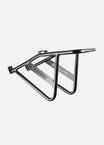

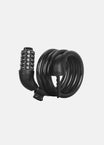
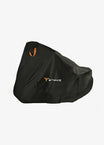
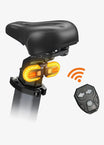
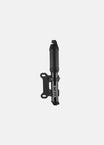

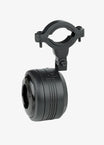

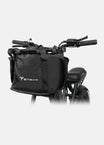
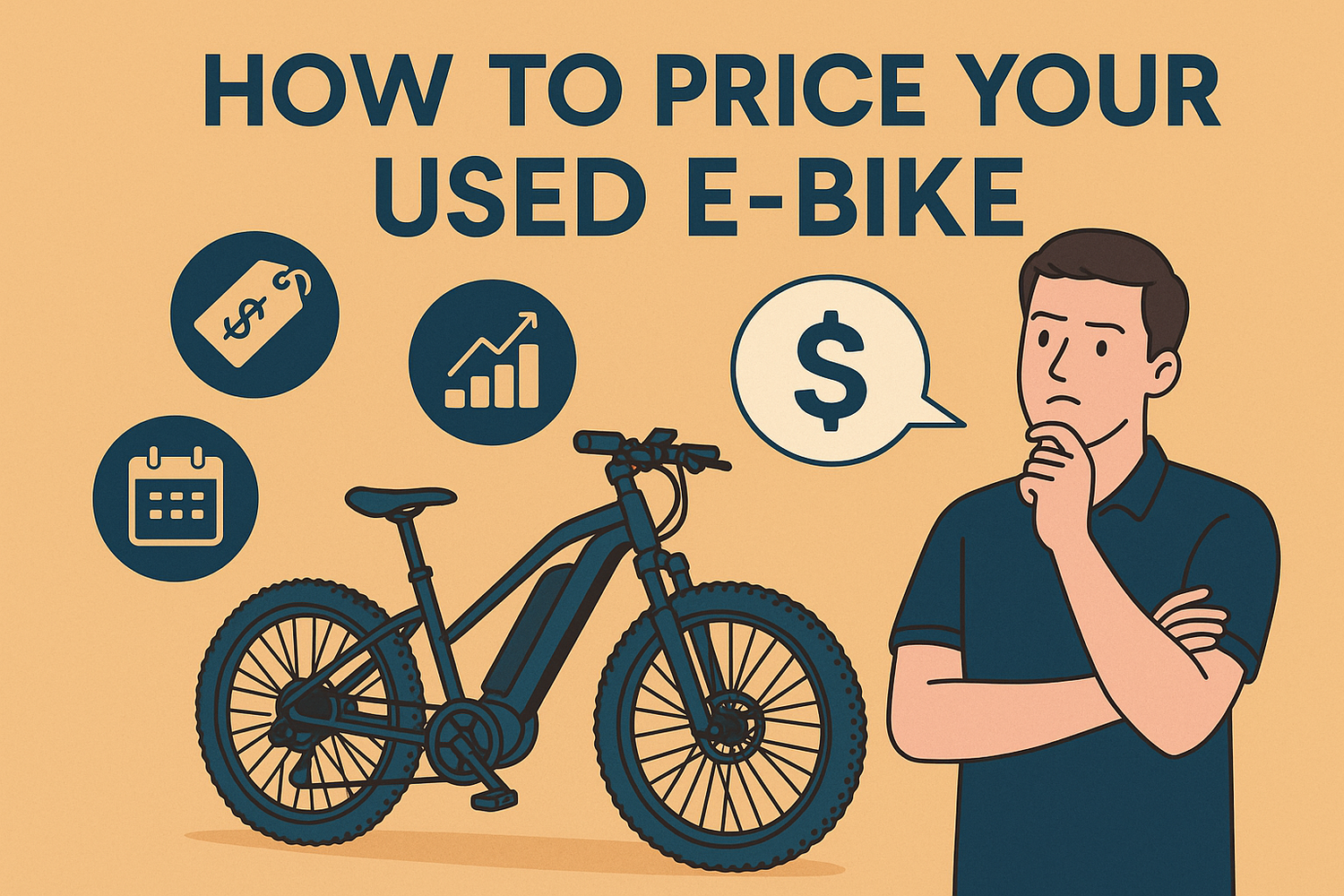
Leave a comment
This site is protected by hCaptcha and the hCaptcha Privacy Policy and Terms of Service apply.